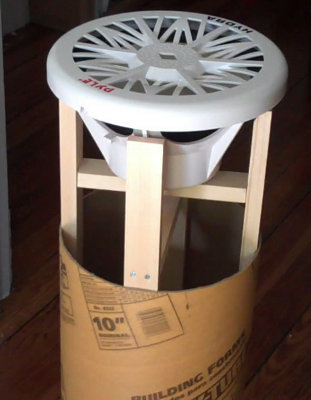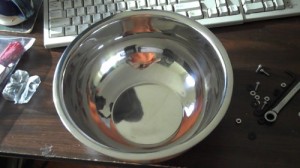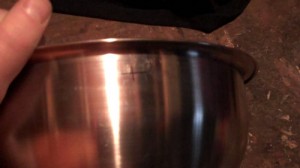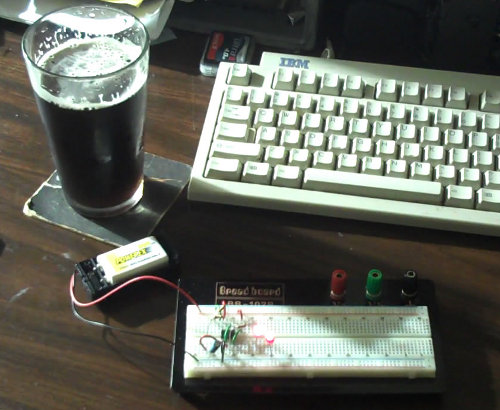Slow and steady wins the race
I apologize in advance for the marginal quality of these photos. My digital camera’s still on loan, so the images from the Helmet Cam are all that I’ve got for now.
I was able to seal and undercoat the assembled subwoofer a few weeks ago. The weather hasn’t been cooperating lately, so it’s been slow going; the marine paint used to waterproof the subwoofer doesn’t dry well when the humidity’s above 50%. Looks like the rain is clearing up, though, so I should be able to start the finishing coats of paint today:
I also primed and painted the rear rack assembly:
Here it is, painted, fully assembled and installed:
I also realized that when the subwoofer’s installed, water and dirt would get kicked up directly onto the speaker without a fender. I had an old ABS plastic fender that I wasn’t using; cutting that up and creatively reusing a pipe hanger solved that problem:
I still need to mount the battery. I’m in the process of putting a metal cage for it together:
My ship will be flightworthy by AlphaMission, although the radiobox won’t be on it by then. I should be able to attach a few temporary LEDs ahead of time, though.
Otherwise, I took advantage of the amazing weather we had a few weekends ago to clean out my self-watering container garden and rebuild the potting mix. I like being able to have a few unusual fresh vegetables during the growing season; this system produces reasonably high yields for a small amount of space. The trick is the potting mix, which is 40% peat moss, 40% compost, 10% perlite or vermiculite, and 2c lime per 2 ft^3:
The containers themselves are made from two nested 6 gallon plastic buckets. The top bucket has a hole cut in the bottom, and a 20oz plastic cup sits in the hole. A vertical slit is cut in the plastic cup. When the top bucket is filled with potting mix, the potting mix in the cup will wick moisture up from the space between the buckets, which serves as a water reservoir. Here’s an internal view:
Here’s what the full buckets look like. The plastic tube sticking out of the dirt extends into the water reservoir; it’s a fill tube. I’ll put lids on them, too, with holes that are just large enough for the plants, so that rain doesn’t saturate the potting mix:
There are small holes near the top of the water reservoir that prevent the buckets from overfilling. I’ve used t-connectors, hose clamps, irrigation tubing and a garden hose to set up a rudimentary irrigation system:
This way, when the buckets need water, all I have to do it turn the outside faucet on and wait for the reservoirs to fill up. Easy! Even this step could be automated using a water timer or an Arduino with a moisture sensor.
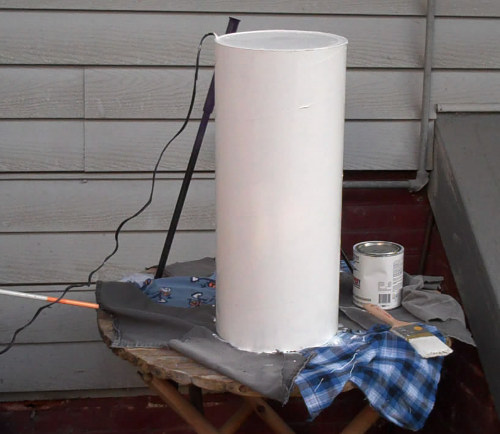
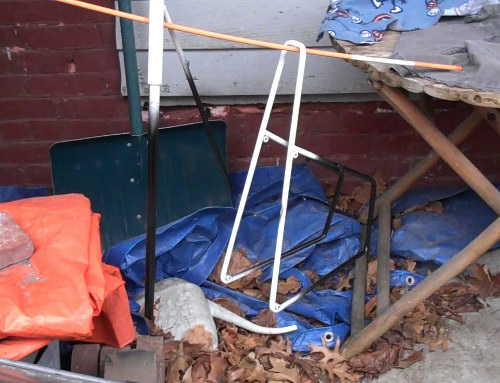


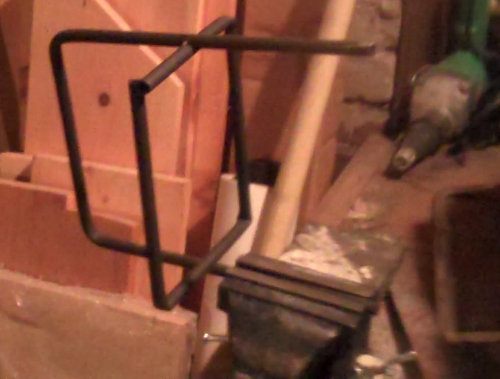
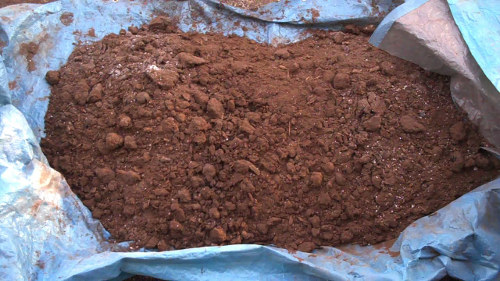

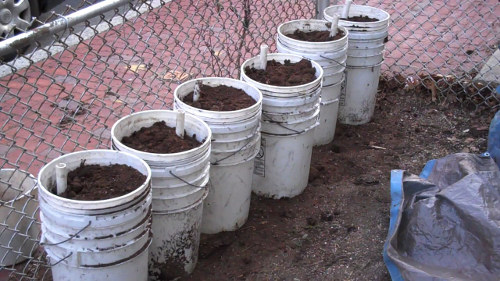
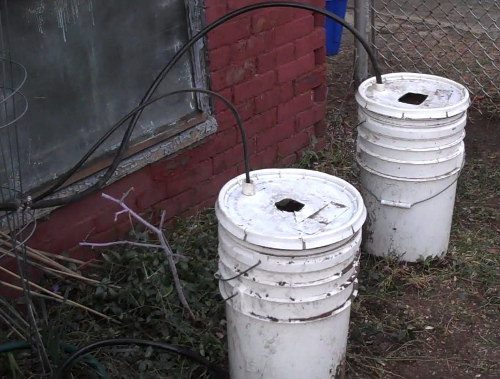
 Comments(2)
Comments(2)

